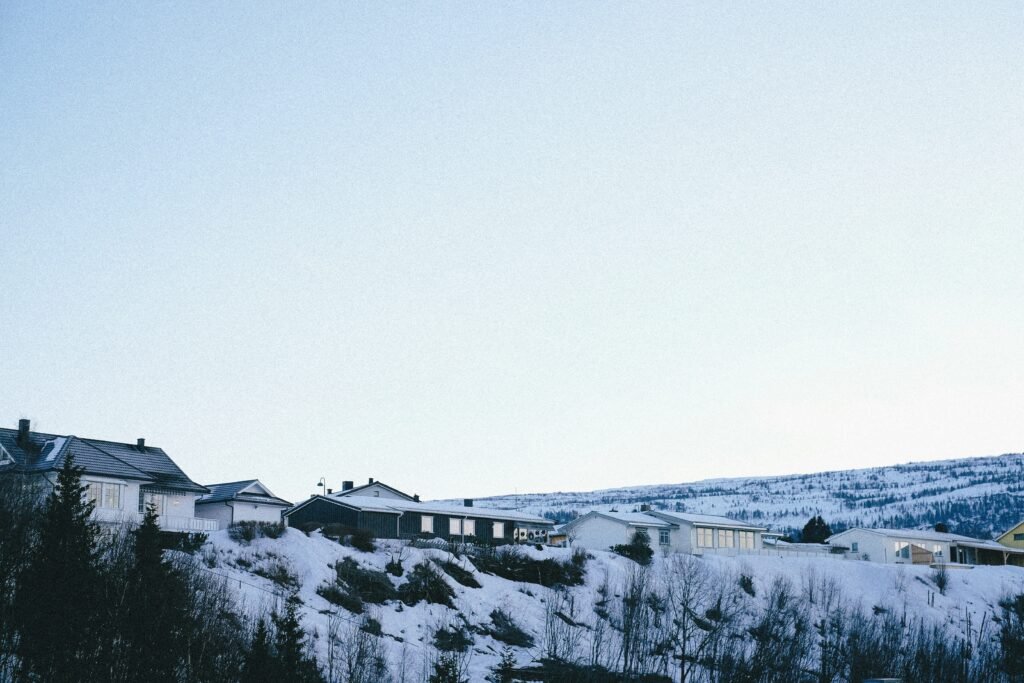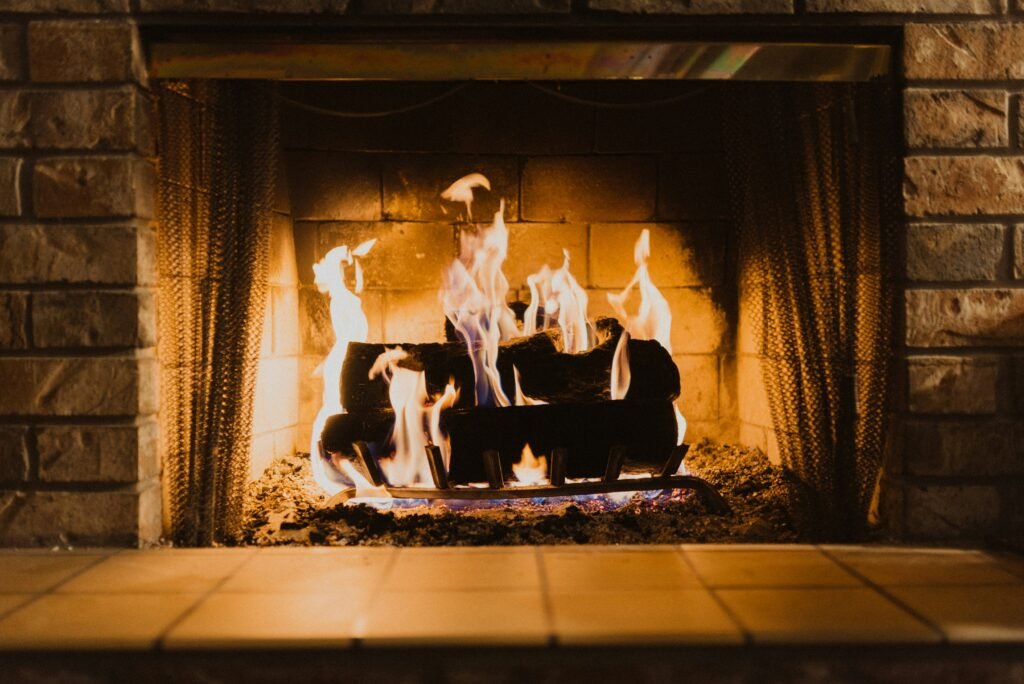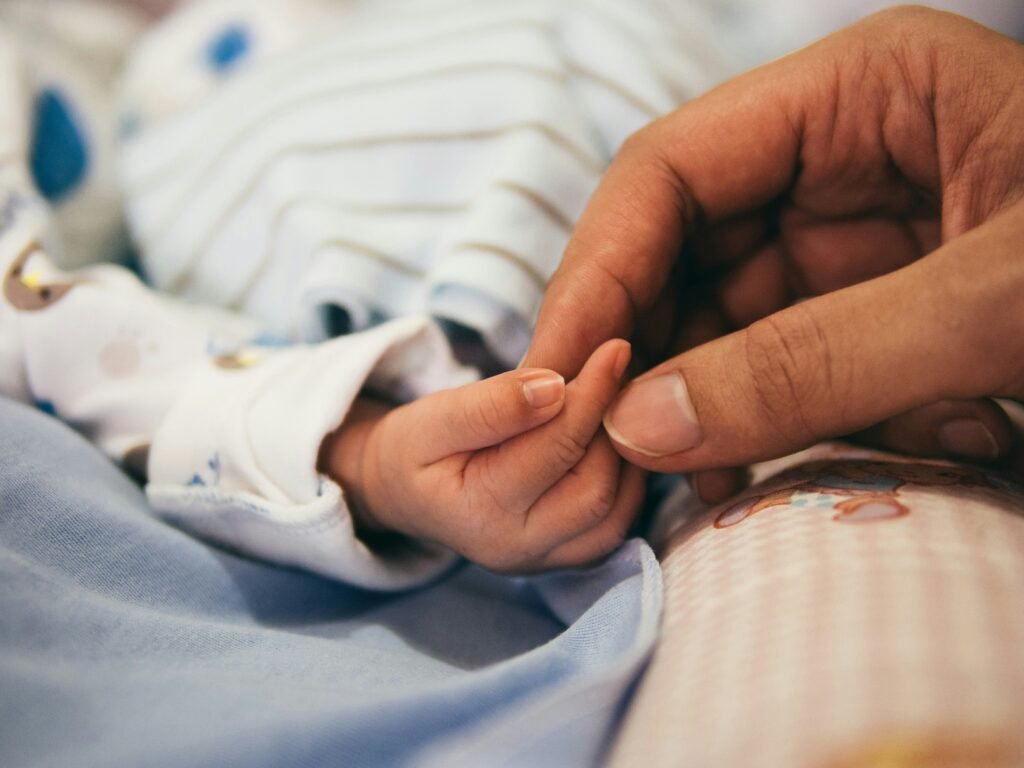In this article, you will discover simple yet effective steps to maintain the hygiene of your hearth and ensure the lasting beauty and functionality of your fireplace. As the centerpiece of your home, your fireplace deserves regular care and attention. From cleaning the chimney to removing ashes and debris, these easy maintenance tasks will keep your hearth glowing warmly and your home safe. So let’s explore these practical tips and make fireplace maintenance an effortless part of your routine!

This image is property of images.unsplash.com.
Regular Cleaning
Cleaning the Firebox
To keep your fireplace in good condition, regular cleaning is essential. Start by cleaning the firebox, which is the area where the fire burns. Remove any large debris, such as wood chunks or ashes, using a small shovel or brush. Then, use a damp cloth to wipe down the walls and floor of the firebox. This will help remove any soot or residue left behind after a fire.
Removing Ashes
Ashes can accumulate quickly and affect the performance of your fireplace. To remove ashes, wait until they are completely cold. Using a small shovel or an ash vacuum, carefully scoop out the ashes and place them in a metal container with a tight-fitting lid. Never store ashes in a plastic bag or near flammable materials, as they can remain hot for hours and pose a fire hazard.
Cleaning the Chimney
The chimney is an important part of your fireplace system, and it requires regular cleaning to ensure optimal performance and safety. It is recommended to have your chimney professionally cleaned at least once a year, especially if you use your fireplace frequently. A certified chimney sweep will use specialized tools to remove creosote and soot buildup from the chimney walls, reducing the risk of chimney fires and improving ventilation.
Safe Operation
Inspecting the Fireplace
Before using your fireplace, it’s important to inspect it for any signs of damage or wear. Check the chimney cap for signs of rust or damage, as a damaged cap can allow animals or debris to enter the chimney. Inspect the fireplace doors, grates, and screens for any cracks or loose parts. It’s also a good idea to check the damper to ensure it opens and closes properly. If you notice any damage or issues, contact a professional for repair before using your fireplace.
Using a Fireplace Screen
Using a fireplace screen is an essential safety measure to prevent sparks and embers from escaping the fireplace and causing a fire. Make sure the screen completely covers the opening of the fireplace and is secure. This will not only protect your home from potential fires but also prevent curious children or pets from getting too close to the flames.
Properly Storing and Handling Firewood
Storing and handling firewood correctly is crucial for both safety and fireplace efficiency. Always store firewood away from the house, preferably in a covered and well-ventilated area. This helps prevent pests and ensures the wood stays dry. When handling firewood, wear gloves to protect your hands from splinters and always inspect the wood for signs of rot or pest infestation before bringing it into your home.
Creosote Management
Understanding Creosote
Creosote is a byproduct of burning wood and is formed when smoke cools and condenses inside the chimney. It can accumulate on the chimney walls, leading to a dangerous buildup if not properly managed. Creosote is highly flammable and can ignite, causing a chimney fire. Understanding the dangers of creosote buildup is essential for maintaining a safe and efficient fireplace.
Preventing Creosote Buildup
The best way to prevent creosote buildup is to ensure proper airflow in the fireplace and chimney. Burn only dry, seasoned hardwoods, as they produce less smoke and creosote compared to softer woods. Avoid burning trash, treated wood, or excessive amounts of paper, as they can increase creosote production. Additionally, maintaining a hot fire by using smaller, frequent loads of wood can help reduce creosote buildup.
Removing Creosote Deposits
While it’s important to take preventative measures to reduce creosote buildup, it’s also necessary to remove any existing deposits. Hiring a professional chimney sweep is the safest and most effective way to remove creosote from your chimney. They will use specialized tools, such as brushes and vacuums, to thoroughly clean the chimney and ensure the safe removal of creosote. Regular cleaning will help prevent dangerous chimney fires.
Soot Control
Understanding Soot
Soot is a black, powdery substance that can accumulate on the walls, doors, and grates of your fireplace. It is a byproduct of incomplete combustion and can be harmful if inhaled. Soot can also decrease the efficiency and aesthetic appeal of your fireplace. Understanding the causes and prevention techniques for soot accumulation will help you maintain a clean and safe fireplace.
Preventing Soot Accumulation
To prevent soot accumulation, ensure that you are burning dry, well-seasoned wood and maintaining a hot fire. Avoid burning wet or green wood, as it produces more smoke and increases the likelihood of soot deposition. Regular chimney cleaning and inspections will also help identify and address any issues that may contribute to excessive soot production.
Cleaning Soot from Surfaces
Cleaning soot from fireplace surfaces is important for both appearance and safety. Before cleaning, make sure the fireplace has cooled down completely. Use a soft brush or dry cloth to gently remove loose soot from the walls, doors, and grates. Avoid using water or liquid cleaners, as they can create a messy soot paste. If necessary, consult a professional for specialized cleaning products or services.

This image is property of images.unsplash.com.
Ventilation and Air Quality
Ensuring Proper Ventilation
Proper ventilation is crucial for the safe operation of your fireplace. The chimney allows smoke, toxic gases, and other byproducts to exit your home, ensuring clean and breathable indoor air. Regularly inspect the chimney for any obstructions, such as bird nests or debris, that may impede airflow. Maintaining proper ventilation not only improves air quality but also reduces the risk of carbon monoxide poisoning.
Reducing Indoor Air Pollution
Burning wood in a fireplace can release pollutants, such as carbon monoxide, nitrogen oxides, and particulate matter, into the air. To minimize indoor air pollution, make sure your fireplace is well-maintained and properly vented. Burn only dry wood and avoid using the fireplace during periods of poor air quality, such as on smoggy days or in areas prone to wildfire smoke. Opening windows or using an air purifier can also help improve indoor air quality.
Installing Carbon Monoxide Detectors
Carbon monoxide (CO) is a colorless and odorless gas that can be deadly if inhaled in high concentrations. Since fireplaces produce CO as a byproduct of combustion, it’s crucial to install carbon monoxide detectors near the fireplace and in other areas of your home. This will alert you to any dangerous levels of CO and give you time to evacuate and seek fresh air. Make sure to test the detectors regularly and replace the batteries as needed.
Maintaining Fireplace Accessories
Cleaning and Maintaining Fireplace Tools
Fireplace tools, such as pokers, shovels, and brushes, require regular cleaning and maintenance to ensure their effectiveness and longevity. After each use, remove any excess ashes or debris from the tools using a cloth or brush. Check for loose or damaged parts, and tighten or replace them as necessary. Clean metal tools with a gentle cleanser or vinegar solution to remove soot or rust. Properly storing the tools in a dry area will prevent corrosion.
Caring for Fireplace Doors and Grates
Fireplace doors and grates not only enhance the visual appeal of your fireplace but also provide safety and efficiency. Clean the glass doors regularly using a damp cloth or specialized glass cleaner to remove soot and residue. Avoid using abrasive materials that can scratch the glass. For cast iron grates, remove ashes and debris after each use and periodically clean them with a wire brush to prevent rust and maintain proper airflow.
Maintaining Gas Log Sets
Gas log sets offer the convenience of a fire without the hassle of burning wood, but they still require regular maintenance. Follow the manufacturer’s instructions for cleaning and maintenance, as gas log sets can vary in design and requirements. Typically, gas log sets should be cleaned annually to remove any dust or debris buildup. Consult a professional if you notice any gas leaks, unusual odors, or malfunctioning components.

This image is property of images.unsplash.com.
Preventing Animal Intrusions
Checking for Signs of Animal Activity
Animals, such as birds, squirrels, or raccoons, may try to make a home in your chimney if it’s not adequately protected. Regularly check for signs of animal activity, such as nesting materials, droppings, or unusual sounds coming from the chimney. If you suspect an animal has entered your chimney, it’s crucial to address the issue promptly to prevent blockages or damage.
Securing the Chimney Cap
A chimney cap is an essential accessory that covers the top of the chimney, keeping out animals, debris, and rain. Ensure that the chimney cap is securely attached and free from damage. Regularly inspect the cap for any signs of rust or wear, and replace it if necessary. A secure chimney cap will not only prevent animal intrusions but also protect your chimney from excess moisture and potential damage.
Using Animal-Proof Screens
In addition to a chimney cap, installing animal-proof screens or spark arrestors can provide an added layer of protection. These screens are designed to keep animals out while allowing proper airflow and preventing sparks from escaping the chimney. Consult a professional to ensure the screens are properly installed and meet local fire safety codes.
Inspecting for Damage
Examining the Hearth and Firebox
Inspecting the hearth and firebox for any signs of damage is an important part of fireplace maintenance. Look for cracks, loose bricks, or crumbling mortar both inside the firebox and on the hearth. Damaged or deteriorating areas can indicate potential fire hazards and should be repaired by a professional. Regular inspection and repair will help maintain the structural integrity and safety of your fireplace.
Checking for Cracks or Damage
Along with the firebox and hearth, check the chimney walls, flue lining, and exterior for any cracks or signs of damage. Cracks in the chimney can lead to water intrusion, which can cause further deterioration and structural issues. If you notice any cracks or damage, it’s crucial to consult a professional chimney inspector or mason for an accurate assessment and timely repairs.
Repairing Minor Issues
Small cracks, loose bricks, or minor damage can often be repaired without major construction work. However, it’s essential to address these issues promptly to prevent them from escalating into more significant problems. Consult a professional for minor repairs to ensure they are done correctly and to avoid compromising the safety and efficiency of your fireplace.
Professional Maintenance
Scheduling Annual Inspections
While regular cleaning and maintenance are essential, it’s equally important to schedule annual professional inspections. Certified chimney sweeps have the necessary knowledge and expertise to identify any hidden issues or potential hazards that may not be visible during routine maintenance. They will thoroughly inspect the fireplace, chimney, and surrounding areas to ensure everything is in proper working order.
Hiring Certified Chimney Sweeps
When it comes to hiring chimney sweeps, it’s important to choose certified professionals who adhere to industry standards and safety protocols. Look for certified chimney sweeps who are members of reputable organizations such as the Chimney Safety Institute of America (CSIA) or the National Chimney Sweep Guild (NCSG). Hiring certified sweeps will give you peace of mind knowing that your fireplace is in capable hands.
Addressing Repairs and Upgrades
During professional inspections, any necessary repairs or upgrades to your fireplace system will be identified. It is crucial to address these issues promptly to prevent further damage and ensure the safety and efficiency of your fireplace. Whether it’s replacing a worn-out chimney cap or upgrading outdated components, consult a professional to accurately assess and address the repairs or upgrades needed.
Fireplace Safety Practices
Supervising Fires
Whenever a fire is burning in your fireplace, it’s important to supervise it at all times. Never leave a fire unattended, especially if there are children or pets present. Make sure to use a sturdy fireplace screen to prevent sparks from escaping and keep flammable materials, such as furniture or curtains, a safe distance away from the fireplace. By practicing proper fire supervision, you can prevent accidents and ensure a safe environment.
Extinguishing Fires Properly
Knowing how to extinguish a fire properly is crucial for fireplace safety. Allow the fire to burn down naturally, ensuring there are no remaining embers or small flames. Use a metal shovel or tongs to spread out the ashes, promoting faster cooling. Once the fire is fully extinguished, carefully scoop the ashes into a metal container with a tight-fitting lid. Avoid disposing of the ashes in plastic bags or near flammable materials.
Keeping Flammable Material Away
To maintain a safe environment, it’s important to keep flammable materials away from the fireplace. Furniture, rugs, curtains, and other combustible items should be positioned at a safe distance. Embers or sparks from the fireplace can easily ignite these materials, leading to a dangerous fire. Regularly inspect the area around your fireplace and ensure there are no flammable objects nearby that could pose a risk.
In conclusion, maintaining a clean and safe fireplace requires regular cleaning, inspection, and proper use. By understanding the importance of regular maintenance and following the recommended guidelines, you can enjoy the warmth and beauty of your fireplace while ensuring the safety of your home and loved ones. Remember, a well-maintained fireplace is not only aesthetically pleasing but also provides comfort and peace of mind during the colder months. Stay warm, stay safe!




